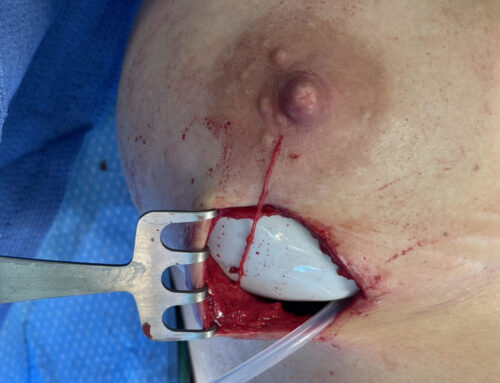Chronic headaches such as migraines remain a huge burden on the American healthcare system accounting for tens of billions of dollars in both direct and indirect costs annually. What’s more, these financial considerations don’t take into account the psychological and emotional toll inflicted on those who suffer from this type of chronic pain. A study done a few years back showed that the health-related quality of life of migraine sufferers was equivalent to that of patients suffering from diabetes or congestive heart failure. Approximately 12% of the US population have been diagnosed with migraines and 2% of the world’s population suffers from chronic migraines, meaning that they occur at least 15 days out of every month. Approximately 18 months ago, as I sat on the plane coming back from lecturing at a conference, I began to reflect on these sobering facts and thought to myself that we really need to step back and re-think how we approach this problem.
Over the years that I’ve been operating on patients for chronic headaches, one consistent thread is peoples’ frustration with their current care not just because their symptoms are not under control, but also because they feel unheard and unseen by their doctors. I hear constantly about confrontational patient-physician interactions or negative patient-health system interactions, as these patients express that they feel their doctors aren’t listening to them or keep going around in circles with regard to treatment. To all of those patients, I say that I completely empathize and validate that they have every right to feel as they do. Having been a patient on several occasions myself, I know what it’s like to speak with a physician or an insurance adjustor and feel like you are talking to a wall – and I’m a healthcare practitioner.
As a peripheral nerve surgeon, especially one that operates on people with chronic, intractable headaches, I have heard criticisms from other doctors whom I don’t feel even understand what it is that I do. However, I’ve learned that by putting myself into the shoes of that doctor across from me, I can almost always find common ground. Happily, that common ground is as advocates for our patients. After all, we physicians are (or should be) on the same side as our patients in trying to treat any medical condition. Therefore, I believe that teamwork is particularly and practically helpful and there are already paradigms for this approach that work very well.
Breast cancer is sadly a disease that touches too many people throughout the world. Over the past few decades, the medical profession has made incredible strides in fighting this dreaded disease, and we now have cancer remission rates that were once thought impossible. One of the biggest factors in fostering this development has been the team approach. In our community, a patient with a new breast cancer diagnosis is immediately given a team of physicians and clinicians to help them navigate the process that is current treatment. To be sure, there is a “captain of the ship”, usually the breast surgeon or oncoplastic surgeon who is coordinating all the moving parts, but every member of the team is critical to ensuring success. The breast surgeon may remove the actual tumor, the plastic surgeon will help reconstruct the remaining tissue, a radiation oncologist will ensure that any disease that might have spread locally is controlled and a medical oncologist will determine if the risk of distant disease is high enough to warrant a regimen of chemotherapy or hormone-modulating therapy. There is also often a psychologist and nurse navigator who can help the patient deal emotionally and psychologically with the emotional rollercoaster accompanying a cancer diagnosis. Only when you put all of these components together, do you get the wonderful results that modern medicine has been able to achieve.
For years I have been hopefully telling my patients that someday soon, we will realize that chronic pain (of which chronic headaches are a prime example) is also best treated with a multi-modality approach. There are certainly many patients for whom medication works very well. Those people do not need injections or surgical intervention. There are those for whom pharmacologic agents are simply ineffective and in those cases, nerve decompression may be a good option. However, for most, a combination of therapies is necessary to control the underlying symptoms. I have heard from countless patients who tell me that prior to surgery their medication was inconsistently helpful. Following operative intervention, their headaches are much less frequent and often much less severe, but what was interesting to me was that they would tell me that when they would get an attack, the medication they’d been using for years was now consistently effective. “Why is that?” they would ask. I felt it was likely that they had two problems contributing to their headache symptom complex. One was a chemical imbalance that medication would treat, and the other was a mechanical compression of a nerve(s). Only when both conditions were adequately treated, would the symptoms be optimally managed.
The take home message is that many medical conditions are best managed when we work together. Not just as patients and physicians, but as physicians and physicians. I have had great success locally with neurologists and pain management physicians as we not only refer to each other, but also actually talk to each other about our shared patients, recognizing that we each have a role in their care. Those that have seen me know that I often like to communicate with the very same such doctors prior to surgery to ensure we can optimize the post-operative recovery period which certainly can have its share of ups and downs. In the end, we all have to partner in this endeavor together as a team if we hope to triumph.
Find out more about treating your migraine symptoms by contacting us HERE.




